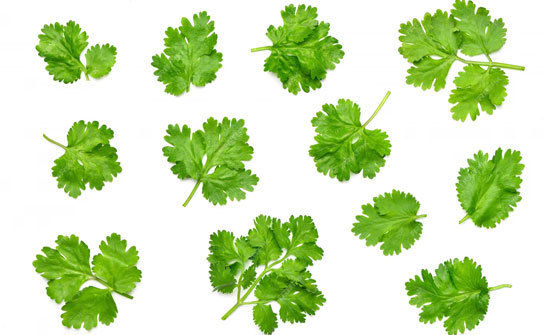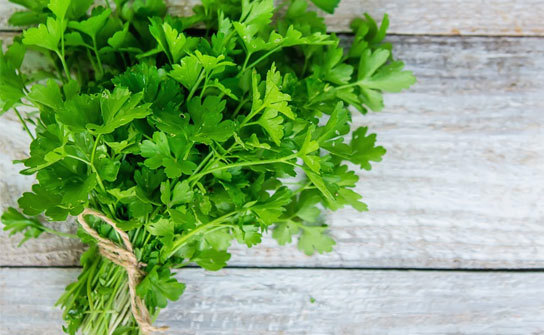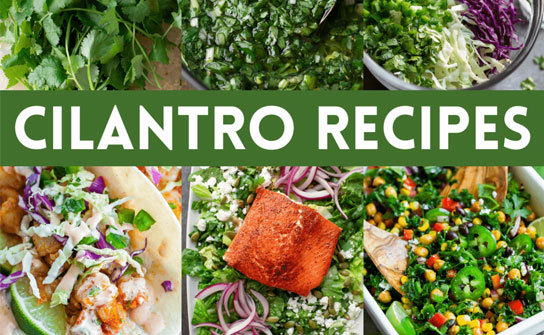 October-11-2023
October-11-2023
View: 6

Cilantro is a versatile herb that can add a burst of flavor to soups, stews, and curries.
Cilantro, a vibrant and versatile herb, has been captivating the palates of food enthusiasts for centuries. Its distinctive aroma and taste make it an indispensable ingredient in the world of culinary arts. Whether you're creating a hearty stew, a zesty salsa, or a fragrant curry, cilantro is there to elevate your dish to new heights. In this article, we'll explore the many benefits of cilantro, from its exceptional flavor to its vital role in cooking recipes.

A Symphony of Flavors
Cilantro's unique flavor profile is characterized by its fresh and citrusy notes. This herb boasts a natural vibrancy that can infuse life into any dish. Its flavor is an intriguing blend of earthy, slightly peppery undertones, intertwined with bright and zesty overtones. The result is a harmonious balance that complements a wide range of culinary creations.
Raw Power
Raw cilantro leaves are the true gems of this herb. Their aroma is potent and can instantly elevate the simplest of dishes. Commonly incorporated into salsas, chutneys, pestos, marinades, and dressings, these leaves can transform the mundane into the extraordinary. Don't forget to add them to your salads for an explosion of flavor that will leave your taste buds singing.
Unlike its herbaceous cousin, parsley, cilantro offers an additional treasure – its stems. These stems are sweet, flavorful, and add a delightful crunch to your culinary creations. They're a culinary secret not to be tossed aside but rather celebrated and incorporated into your dishes, both cooked and raw.

Guardian Against Infection
Beyond its culinary merits, cilantro also offers potential health benefits. The cilantro plant contains dodecenal, an antimicrobial compound that may help protect the body against infections and illnesses caused by tainted food. This remarkable compound has been found effective against Salmonella, a microbe notorious for causing life-threatening food poisoning. So, by including cilantro in your diet, you're not just tantalizing your taste buds but also bolstering your body's defenses.
Global Culinary Appeal
Cilantro is a globe-trotter in the world of cuisine, making appearances in Latin American, Asian, Middle Eastern, and Caribbean cooking. From the aromatic curries of India to the fiery salsas of Mexico, cilantro is a staple in diverse culinary traditions. Both the stems and leaves of the plant are equally at home in a variety of dishes, whether they are served in their raw, unadulterated form or cooked to perfection.
Don't Toss Those Stems!
Cilantro stems, often underestimated, are tender, flavorful, and, most importantly, edible. These stems can be chopped up alongside the leaves and added to recipes for a delightful twist. Consider using them in green cilantro sauces, perfect for those outdoor cookouts. Their unique flavor and texture make them a culinary gem to explore.
A Gardener's Friend
Beyond the kitchen, cilantro serves as a powerful companion plant in the vegetable garden. It has the magical ability to attract beneficial insects that prey on common insect pests afflicting a wide variety of crops, including tomatoes, peppers, eggplant, potatoes, beans, and more. So, planting cilantro in your garden not only enhances your culinary adventures but also helps protect your precious crops.

Cilantro is more than just a flavor; it's an aromatic journey that transcends borders and culinary traditions. Its flavor profile, health benefits, and versatility in the kitchen make it a herb worth celebrating and exploring. So, don't hesitate to embrace cilantro in your culinary adventures and gardens, and let this remarkable herb continue to enrich your dishes and your life.